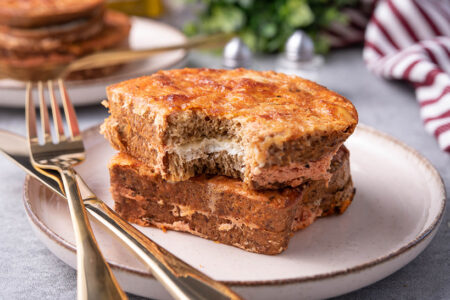A keto plateau or weight loss stall can happen to anyone for various reasons. While it’s a frustrating experience, the good news is that you can get past it with a few essential strategies.
When you hear the words “keto plateau,” what comes to your mind? If you’re thinking about stalled progress on a keto diet, you’re correct.
Read further to learn the reasons behind a keto stall and what you can actually do about it.
What Is Keto Plateau?
Also known as a low carb diet plateau, keto plateau happens when your fat loss progress has stopped. The first time you started the diet, your initial plan was to keep on making improvements in losing weight and feeling your very best.
Yet a couple of months pass, and you start to notice that you’re slowing down.
“Generally, weight loss is pretty rapid at the start of keto as your body adjusts and you lose a lot of water weight.
Once that initial shock to your body is over, it begins to adjust and burn through that stored fat. This is a slower process and it is supposed to take time, so it’s important to be patient,” says Tara Finnerty, RD, CKNS, CSP, CD, owner of Sugar House Nutrition, LLC.
First of all, don’t feel bad. You should know that plateaus happen to anyone, regardless of the type of diet they’re on. Your body is amazing that it can adapt to anything. That includes food, environment, and various stressors.
Another case is that you may be too lax yourself. You’re no longer paying that much attention to your macros, food quality, and lifestyle – and probably, you’re not trying anything new lately.
Just because you stalled on keto, doesn’t mean you can’t do anything about it. Our goal in this guide is to help you get back on track as soon as possible.
But first, it’s important to explore possible causes behind a low carb plateau.
What Causes Weight Loss Stalls?
Why has my keto weight loss stalled? You may be asking yourself this question right now.
Finnerty says that if you’re experiencing a keto plateau for over a month, then it’s time to look at some common problems that caused it.
Metabolic adaptations
Try to approach anyone who’s on a stall, and they will tell you that “It’s probably my metabolism.”
A 2014 article from the Journal of the International Society of Sports Nutrition explains it clearly. It states that efforts to achieve weight loss can eventually lead to metabolic adaptations 1.
Since the body perceives minimal body fat as a sign of energy unavailability, it responds by conserving energy. Furthermore, your body prompts you to take in more energy by increasing your appetite 1.
That explains why after a period of steady weight loss, your body slows down.

Metabolic adaptations can cause keto plateaus
Hidden carbs
In one of his podcast episodes, keto expert Dr. Berg mentions how a lack of awareness can cause you to consume hidden carbs in restaurant foods 2.
Common culprits include the following:
- Barbecue sauce and other sauces
- Processed cheese
- Soy oil or corn oil
- Salsa, dressings
- MSG
- Breading on meat
- Deli meats
There is still a lot more worth mentioning. The bottom line is that carbs commonly hide in fast foods and foods that are highly processed. These foods often come out of a box and go right into your mouth 3.
You’re not just dealing with hidden carbs, but also multiple chemicals and synthetic ingredients 3.
Changes in macros percentage
On a ketogenic diet, your macronutrient percentages look like this:
- 55% to 60% fat
- 30% to 35% protein
- 5% to 10% carbohydrates
So on a 2,000 calorie per day diet, your carb limit is 25 to 50 grams daily 4.
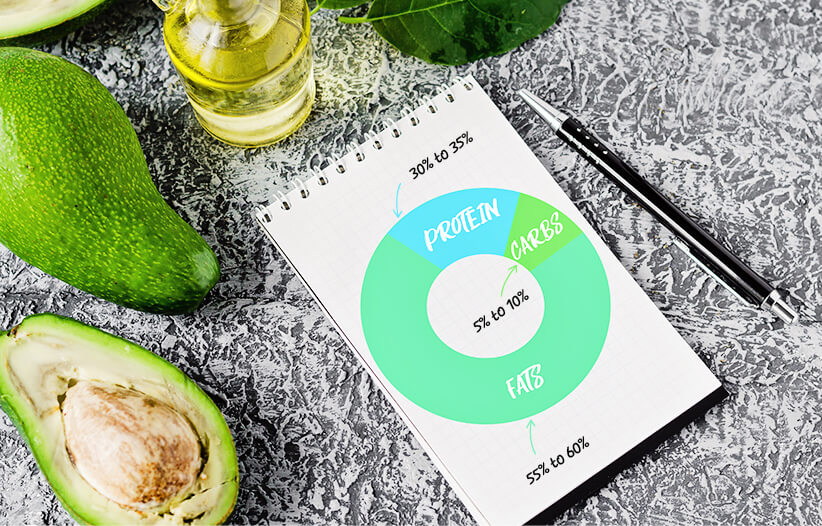
This is one of the reasons why people plateau on keto:
They calculate their macros at the beginning of their journey and stop there. Calculating your optimal macros should be a continuous process because different variables change. Such include your personal goals, weight, and activity level.
Overeating
Are you paying less attention to your calorie intake? Because while the “calories in versus calories out” model is not everything, still, it counts.
For example: If you’re eating keto-friendly foods but you’re being sedentary, you’re still missing out on the chance to burn more body fat.
Another point to keep in mind: Just because you’re doing keto, doesn’t mean you can eat as much as you want. Practicing portion control is important.
Finnerty also suggests that you ask yourself, “Am I grazing constantly? Am I eating too much processed keto food?”
Research from the NIH shows that people who eat a diet full of ultra-processed foods consume 500 calories more per day and gain more weight 5.
Stress
Our modern world is a culprit behind most of the stress we experience. It creates stress in various ways. Diversity in people we interact with, our “hustle” culture, and technology to name a few.
Too much stress increases cortisol, your stress hormone. Cortisol increases your appetite and affects your food preferences. You’re more likely to crave comfort foods that are often high in sugar 6.
A study by Yale also revealed that cortisol exposure affects fat distribution. Fat tends to accumulate more in your abdominal area. This is the area that surrounds your organs 7.
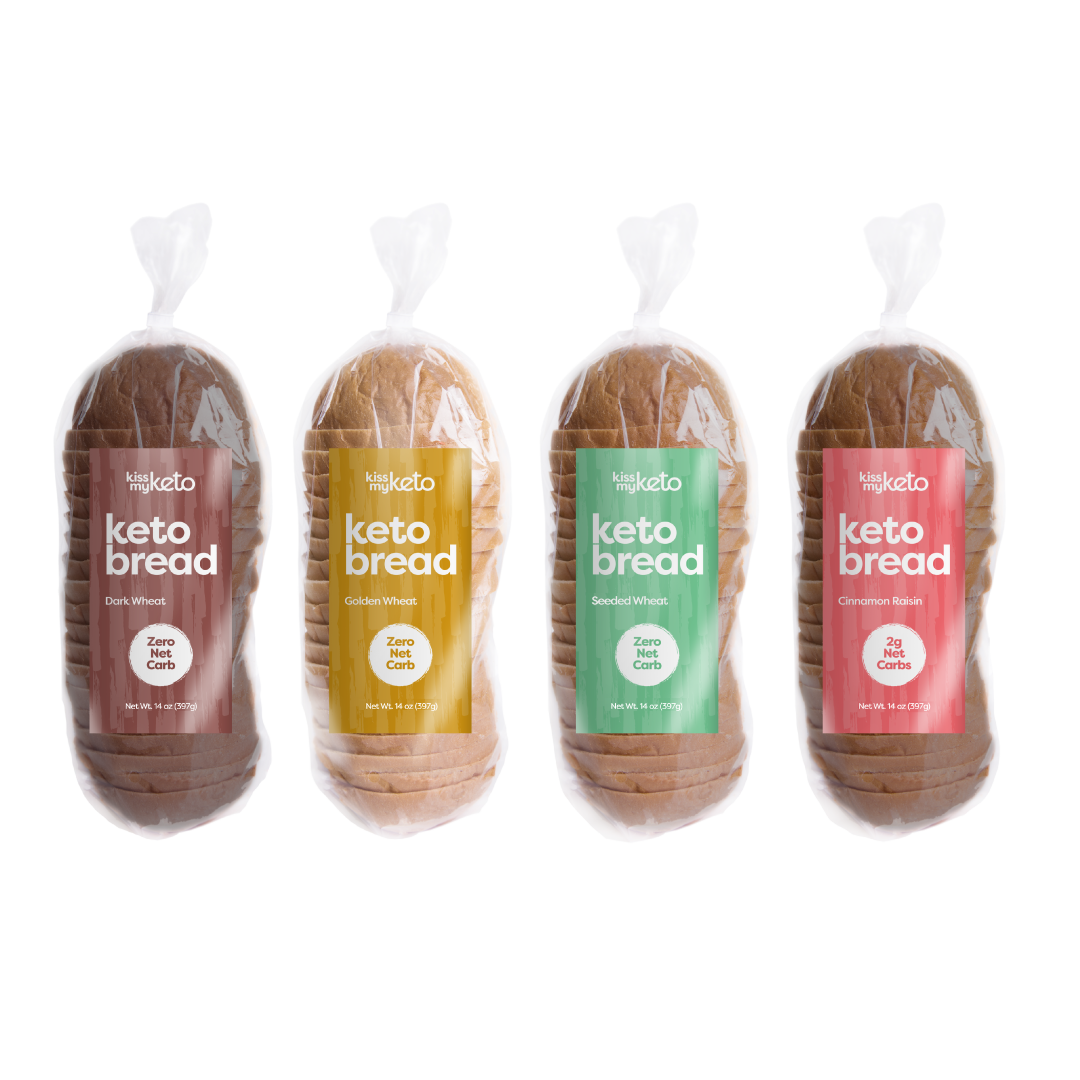
How Do I Break a Weight Loss Plateau in Keto?
A keto weight loss stall is nothing to be afraid of. Everyone who’s on this low-carb journey will experience it at multiple points in their life.
What’s important is that you identify its cause. And by doing that, you’ll be able to move forward.
Below, we share 7 recommendations for breaking keto plateau.
Track your calorie intake
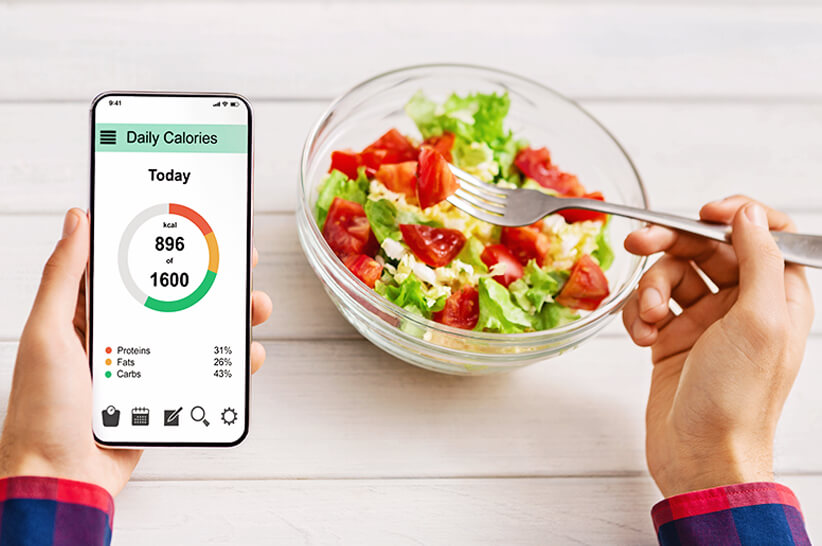
Calorie trackers can help you on your weight-loss journey.
Being in a calorie deficit still has a place in your diet. (But always keep in mind not all calories are created equal.)
To help yourself beat a keto stall, start by tracking your calorie intake. We understand that counting calories can be quite bothersome and stressful, so here’s what we suggest:
Use a keto diet app with a calorie counter – Most keto apps nowadays include a calorie counter that makes tracking a breeze. Some of them have a database of foods that allow you to check nutrition facts.
Start small – Take it easy. Track just one meal a day until you feel comfortable with tracking more. At least you’ll have some idea of how much you’re already consuming.
Read food labels – Easy peasy. Make it a habit to check food labels when you go grocery shopping. Also do it before you eat something out of a container (in cases when you really lack the time to prepare a meal from scratch).
Recalculate your macros
Get your macros right by re-calculating them every few weeks.
We have a keto macro calculator that you can conveniently use. You only need to plug in a few data and get the results instantly. Being mindful of your optimal macro needs is a step in the right direction.
And while you’re figuring out how many carbs, fat, and protein you need again… also be mindful of your food quality. Stick with whole foods as much as possible.
Finnerty says, “High-quality nutrient-dense foods can jumpstart your weight loss again.”
Eat the right amount of protein and fats
Too much of anything is not good.
It’s easy to overeat protein by having an extra egg for breakfast or cheese on your salad. Consuming more protein than what you need can decrease ketone production 8.
Note: A well-formulated ketogenic diet recommends a protein intake of 1.2 g/kg to 2.0 g/kg 9.
What about dietary fat?
Consuming more fat than what you need will prevent your body from burning its own fat stores. You may need to reduce the amount or serving of fat sources. Common examples include MCT oil, butter, eggs, and nuts 8.
If you’re trying to increase your ketone levels, more dietary fat is not the only option. (You’ll only end up adding extra calories to your diet.)
Intermittent fasting
Have you ever tried intermittent fasting – or at least considered it?
Intermittent fasting is an approach where you follow certain eating windows. For the remaining hours, you fast or don’t eat anything. For example, the 16:8 intermittent fasting method entails fasting for 16 hours and eating within an 8-hour window.

Here’s what’s great about IF:
Not only does it help your body enter ketosis faster, but it also lets you thwart a ketogenic plateau.
IF beats your stall through creating a calorie deficit and suppressing your appetite. During a fast, your circulating insulin levels decrease. At the same time, lipolysis or fat breakdown is enhanced 10.
Take breaks from carb restriction
You might be surprised by this tip. Why “up” your carbs when you know that you should watch out for hidden carbs?
Ever heard of the term “carb cycling”? It’s an approach in which you increase your dietary carbs strategically to meet your need for glucose or energy. Take note that we emphasized the word strategically.
This means that you eat more carbs during periods when you’re about to perform activities that require glycogen – such as a high-energy workout.
And if your body has been used to consuming only 20-50 grams of carbs for a long time, perhaps increasing your carb intake helps. Then decrease it again.
Avoid excessive workout sessions
Ever wonder why no matter how hard you’ve been working out, nothing has changed? You still see that stubborn fat around your belly. Your body fat percentage tells you the same thing.
Sometimes, you need to exercise less to lose more weight.

The American Journal of Clinical Nutrition published an interesting study 11:
This study found out that while exercise helps with weight loss, it can also lead to less weight loss than expected. The subjects, exercisers who had burned extra calories, compensated by eating more. The “some-exercise group” consumed an additional 90 calories each day, while the “most-exercise group” consumed 125 more calories.
Try to ask yourself, “Am I trading behaviors by thinking that it’s OK to eat more because I exercised more?”
Don’t give up the gym or home workout exercises. However, try to cut back to allow your body to heal. Make sure that you have rest days.
Instead of exercising more frequently, consider shorter bursts of high-intensity workouts. High-intensity interval training (HIIT) burns more calories in the shortest possible amount of time.
Manage your stress
The importance of stress management cannot be overstated. Bring cortisol and inflammation down by dealing with stress the right way:
Meditate. Take stress-reduction breaks by meditating. Mindfulness meditation is about being mindful of the present moment. Or you could also try Yoga, another form of meditation.
Get quality sleep. A good night’s sleep allows your body to recover from stressful events. Proper sleep also makes you more capable of dealing with stress rationally the next day.
Engage in leisure activities. Study shows that individuals who engage more frequently in enjoyable activities have lower blood pressure, lower cortisol, and greater life satisfaction 12. Examples of leisure activities include playing games, reading a good book, and other hobbies that take your mind off of work.
A keto plateau can normally last for days to months. Don’t be surprised. Rather, follow the strategies we discussed to overcome it.
But if you fail to see improvements despite your efforts, consider going to the doctor. You may have a medical condition that hinders weight loss.
Takeaways
- Common causes of keto plateau include metabolic adaptations, hidden carbs in food, changes in macros, overeating, and stress.
- If you’ve been doing the same thing to lose weight, try switching up your routine.
- We also recommend trying one strategy at a time instead of doing everything at once. That way, you will know what’s working.
- See a doctor too if you suspect a medical condition that’s making fat loss difficult for you.




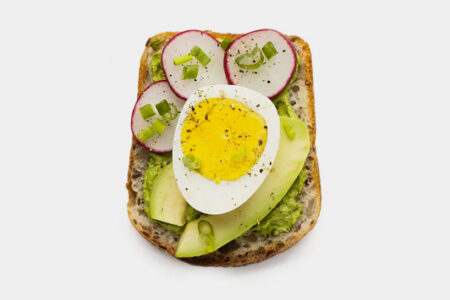
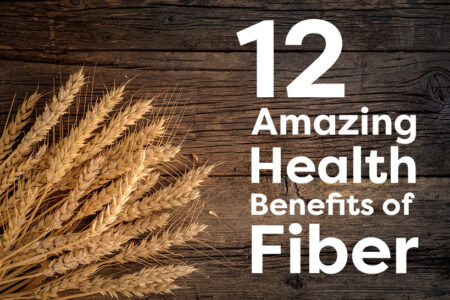




![Juicing for Weight Loss: Everything You Need to Know [Plus Recipes]](/wp-content/uploads/2019/08/Juicing-for-Weight-featured-image.jpg)


